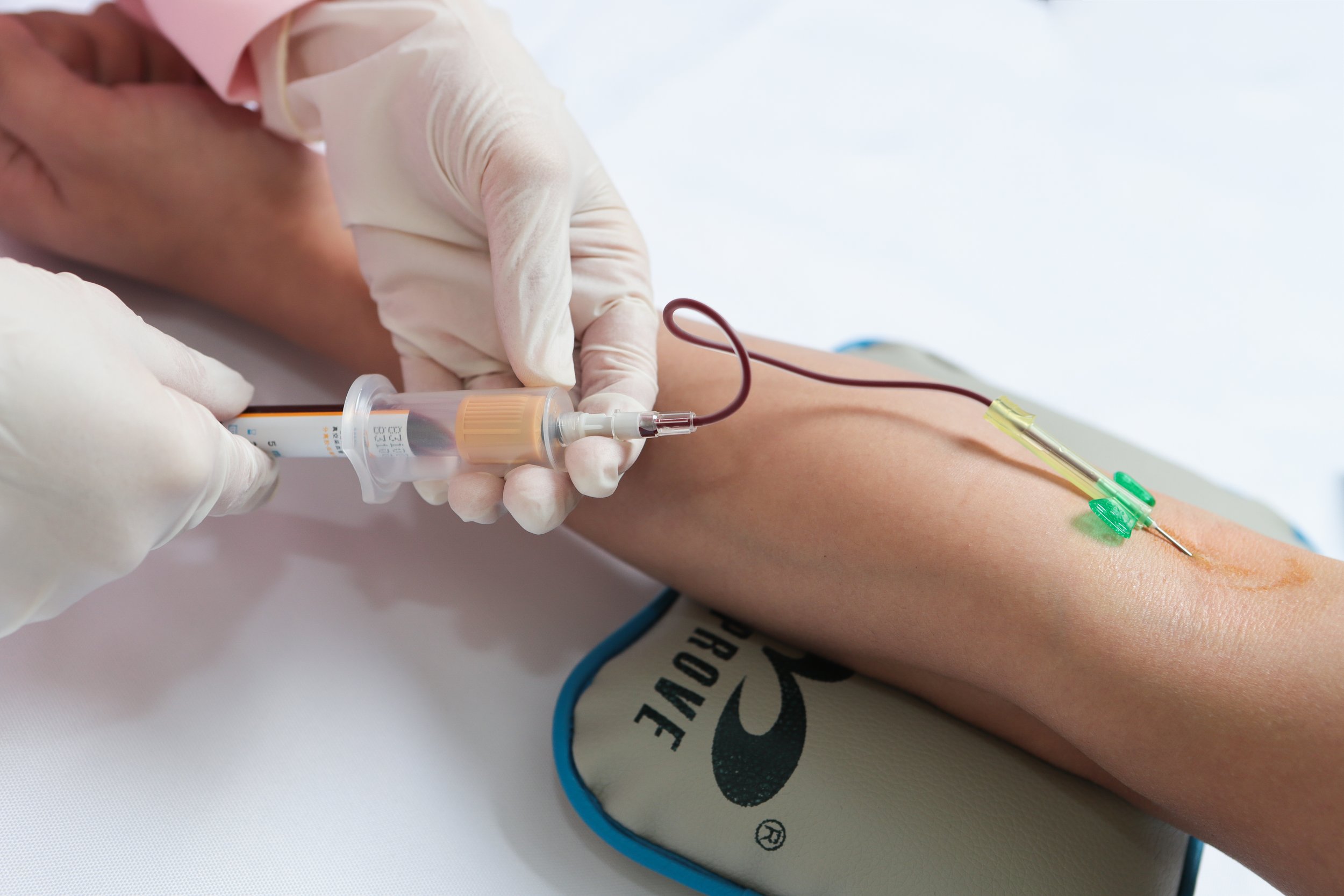Strategies for Improving Quality Control in Personalized Medicine Testing: Standardized Protocols, Training, Technology
Summary
- Implementing standardized protocols
- Continuous training and education for staff
- Utilizing advanced technology and automation
Introduction
Personalized Medicine, also known as precision medicine, is a revolutionary approach to healthcare that takes into account an individual's genes, environment, and lifestyle to tailor prevention and treatment strategies. With the increasing demand for Personalized Medicine testing in the United States, it is crucial for medical labs to implement strategies to improve Quality Control in this specialized area. In this article, we will explore the various strategies that medical labs can adopt to ensure accurate and reliable results in Personalized Medicine testing.
Implementing Standardized Protocols
One of the key strategies that medical labs can implement to improve Quality Control in Personalized Medicine testing is to establish standardized protocols for sample collection, processing, and analysis. By following a set of standardized procedures, labs can minimize variability and ensure consistent results across different tests and platforms. Some steps that labs can take to implement standardized protocols include:
- Developing detailed protocols for sample collection, handling, and storage
- Training staff on the correct procedures and regularly updating them on any changes
- Performing regular audits to ensure compliance with protocols and identify areas for improvement
Continuous Training and Education for Staff
Another important strategy for improving Quality Control in Personalized Medicine testing is to provide continuous training and education for lab staff. As technology and testing methods evolve, it is essential for lab personnel to stay up-to-date on the latest advancements and best practices. Some ways that labs can ensure ongoing training and education for their staff include:
- Offering regular training sessions on new testing techniques and equipment
- Encouraging staff to attend conferences and workshops to enhance their knowledge and skills
- Providing access to online resources and courses for self-directed learning
Utilizing Advanced Technology and Automation
Advancements in technology and automation have the potential to greatly enhance Quality Control in Personalized Medicine testing. By incorporating advanced instruments and software into their workflows, labs can improve accuracy, efficiency, and reproducibility of results. Some ways that labs can leverage technology and automation to enhance Quality Control include:
- Investing in state-of-the-art testing equipment that offers high sensitivity and specificity
- Implementing automated sample processing systems to minimize manual errors and reduce turnaround times
- Using sophisticated data analysis software to ensure accurate interpretation of Test Results
Conclusion
In conclusion, medical labs play a crucial role in delivering accurate and reliable Personalized Medicine testing in the United States. By implementing standardized protocols, providing continuous training and education for staff, and utilizing advanced technology and automation, labs can improve Quality Control and ensure the highest standards of care for patients undergoing Personalized Medicine testing.

Disclaimer: The content provided on this blog is for informational purposes only, reflecting the personal opinions and insights of the author(s) on the topics. The information provided should not be used for diagnosing or treating a health problem or disease, and those seeking personal medical advice should consult with a licensed physician. Always seek the advice of your doctor or other qualified health provider regarding a medical condition. Never disregard professional medical advice or delay in seeking it because of something you have read on this website. If you think you may have a medical emergency, call 911 or go to the nearest emergency room immediately. No physician-patient relationship is created by this web site or its use. No contributors to this web site make any representations, express or implied, with respect to the information provided herein or to its use. While we strive to share accurate and up-to-date information, we cannot guarantee the completeness, reliability, or accuracy of the content. The blog may also include links to external websites and resources for the convenience of our readers. Please note that linking to other sites does not imply endorsement of their content, practices, or services by us. Readers should use their discretion and judgment while exploring any external links and resources mentioned on this blog.
